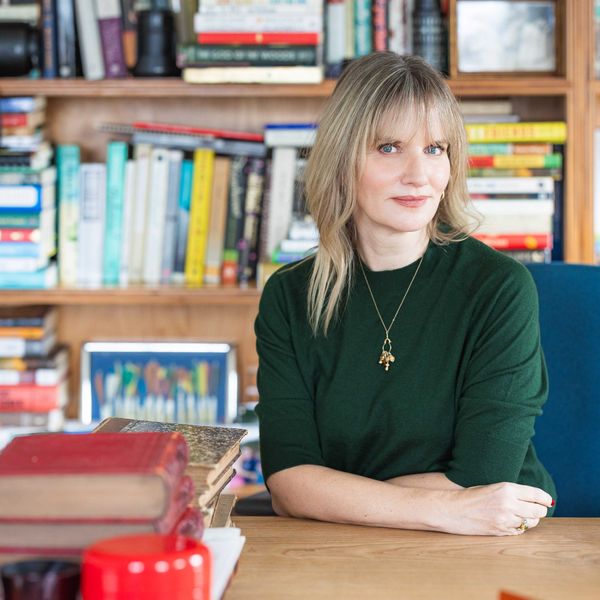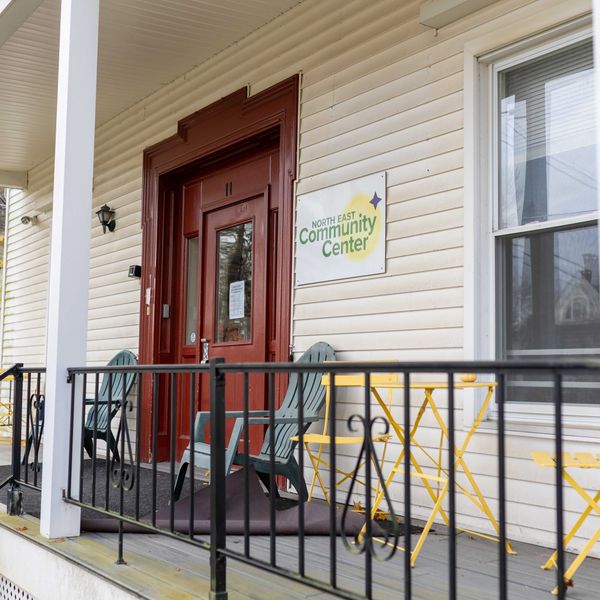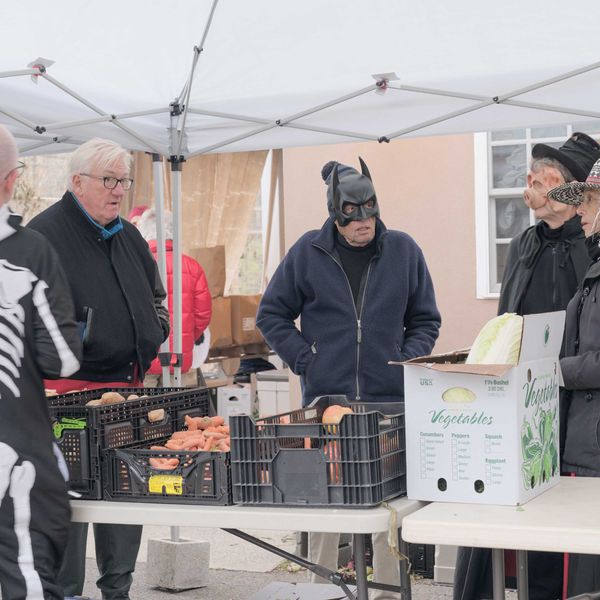Norfolk breaks ground on affordable housing development

From left: General Contractor David Jones, Conn. State Rep. Maria Horn, D-64, Foundation for Norfolk Living Director Kate Briggs Johnson, Connecticut Department of Housing Commissioner Seila Mosquera-Bruno, and Project Architect Paul Selnau attended the groundbreaking May 9.
Photo by Alec Linden

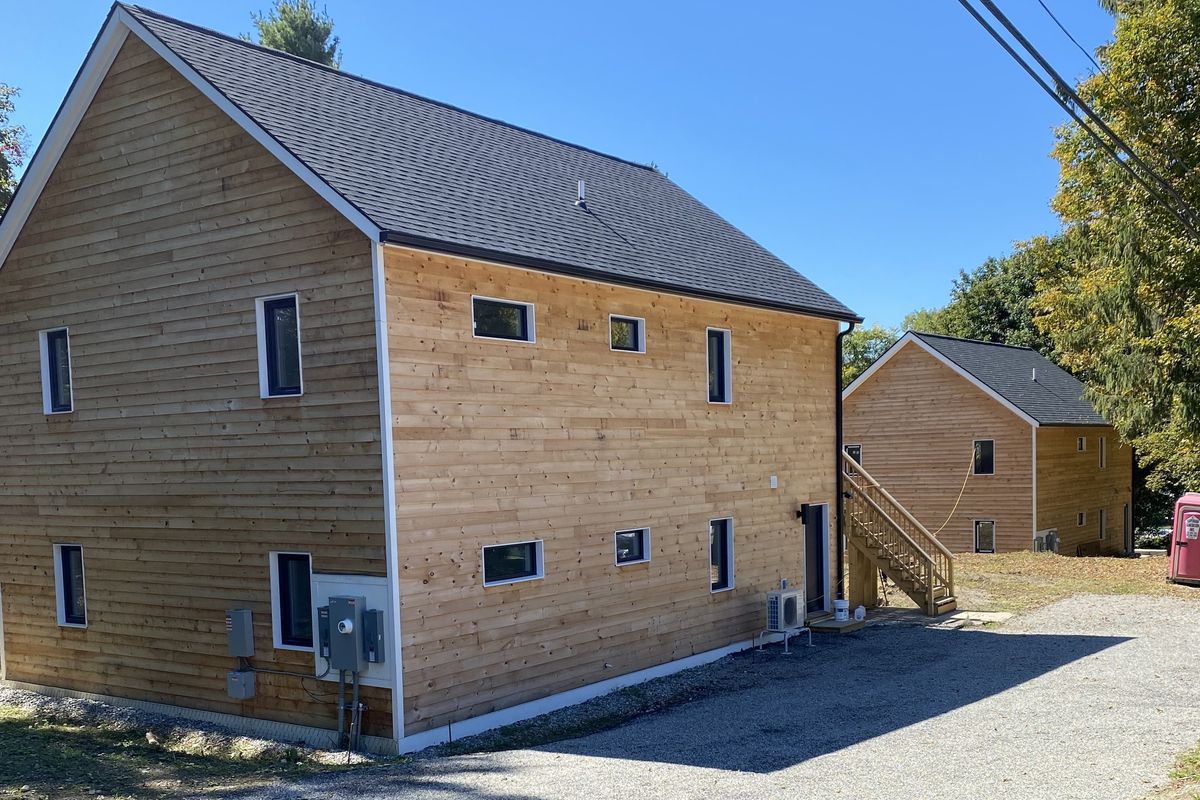
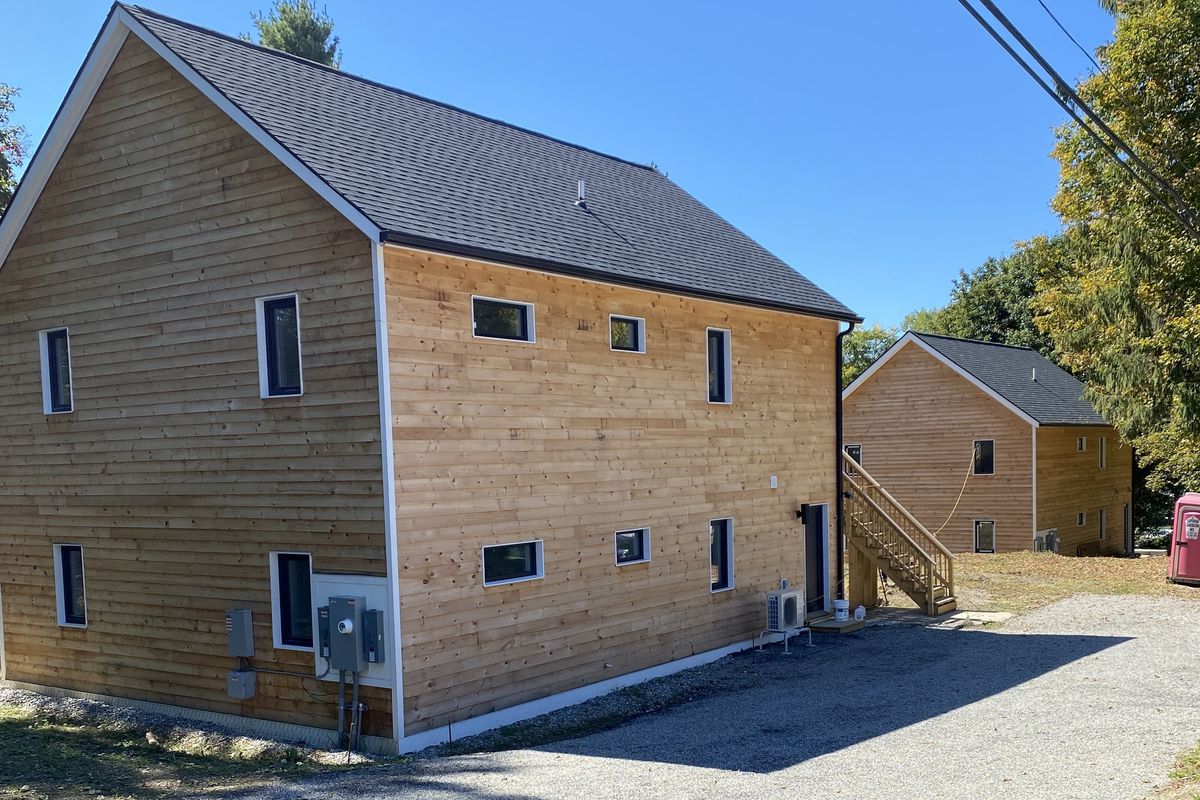
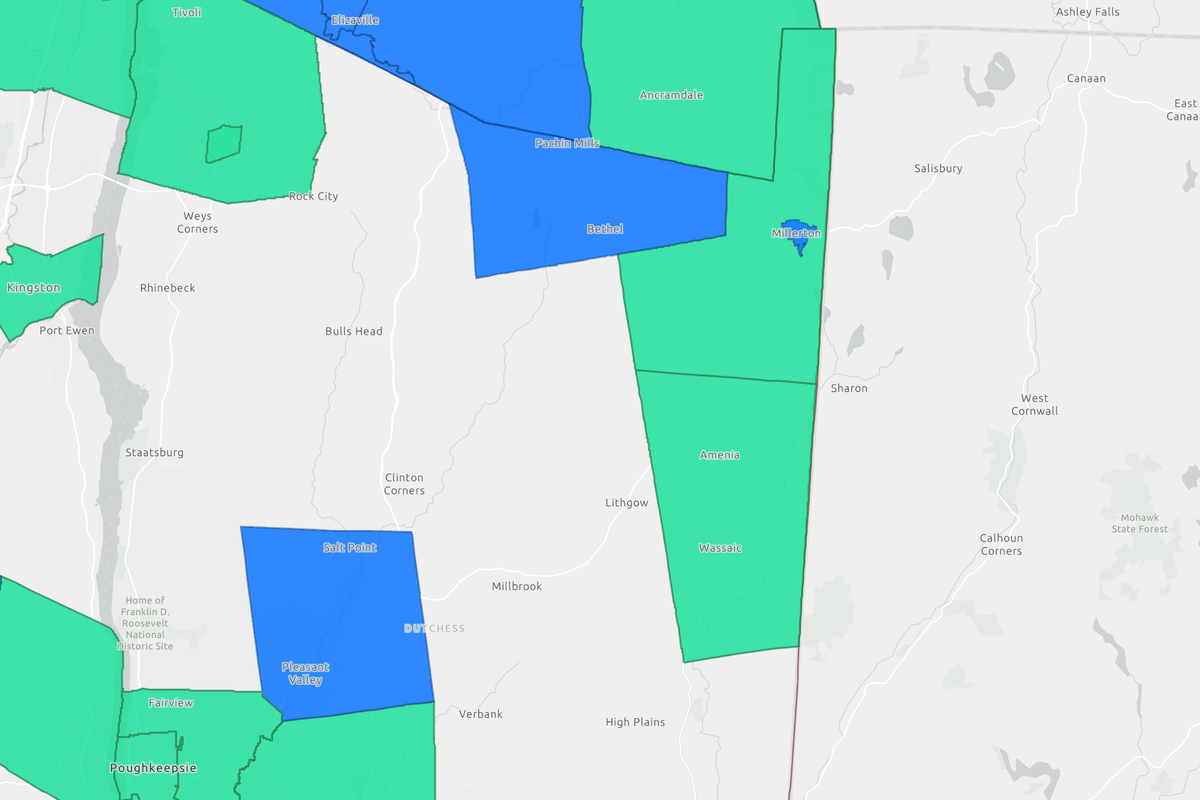


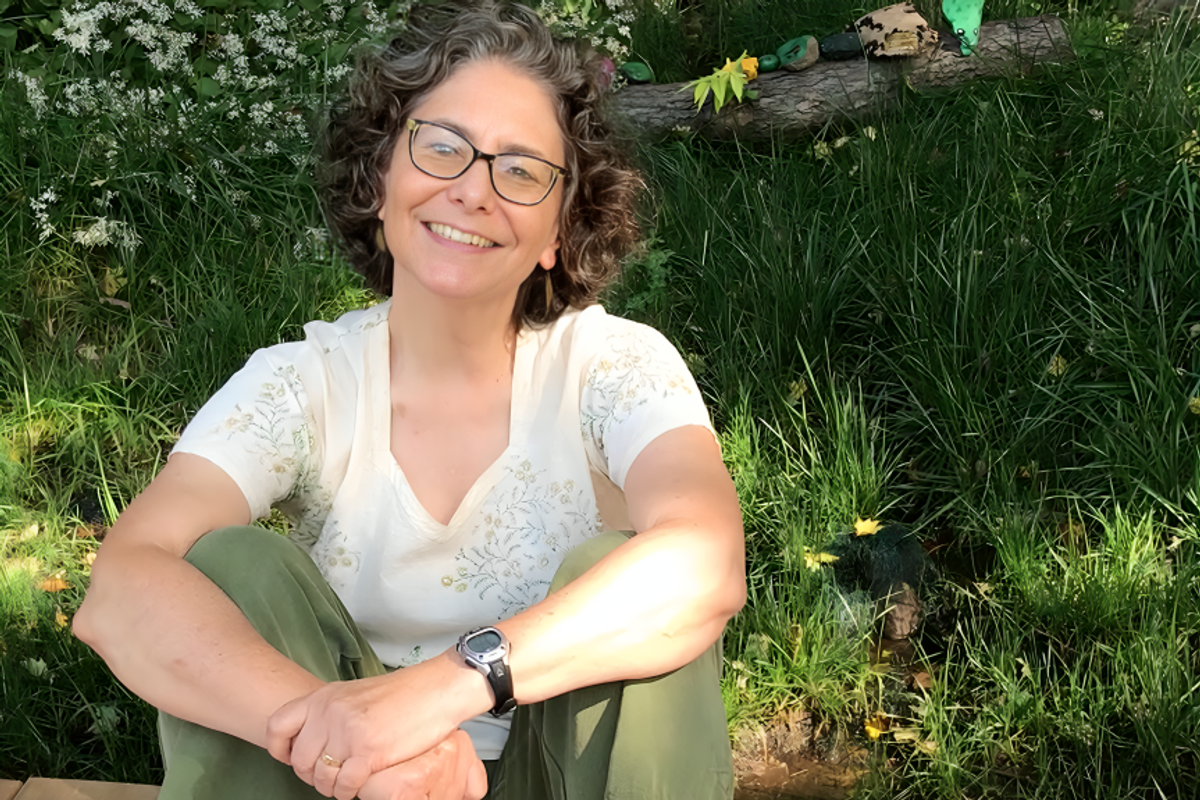
 Visitors to the American Mural Project.Sky Johnson
Visitors to the American Mural Project.Sky Johnson Sky Johnson
Sky Johnson


